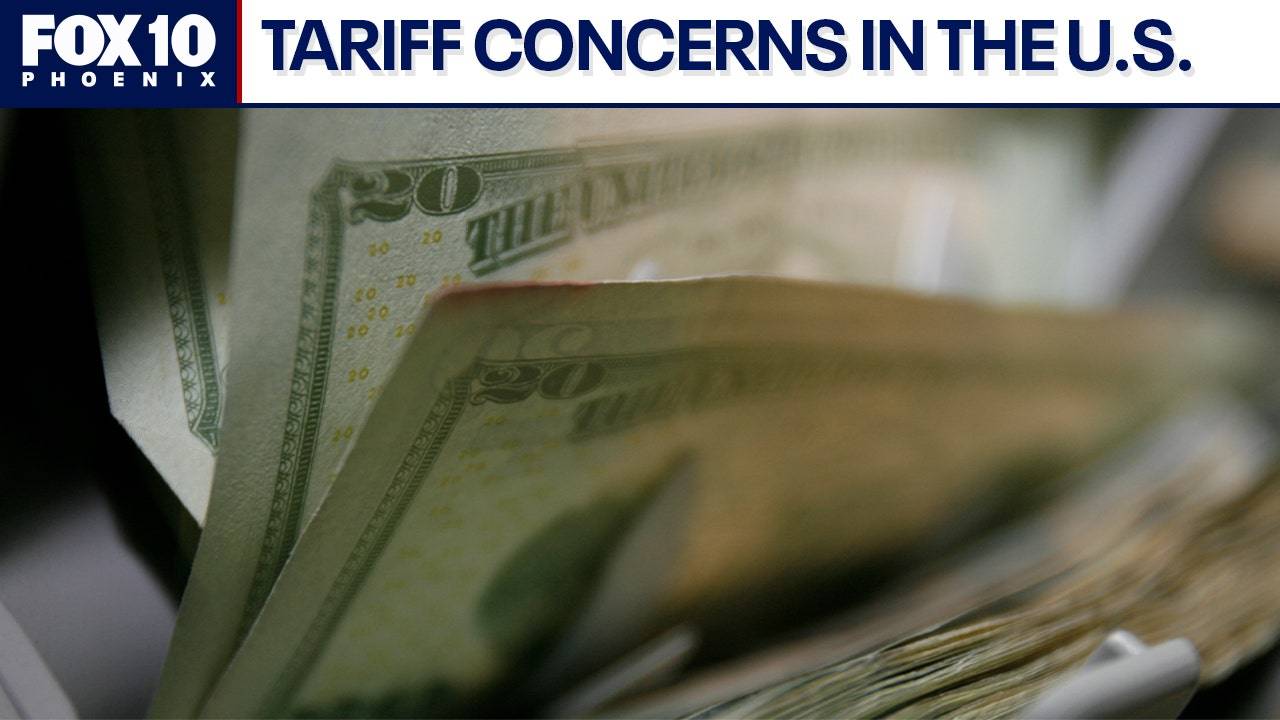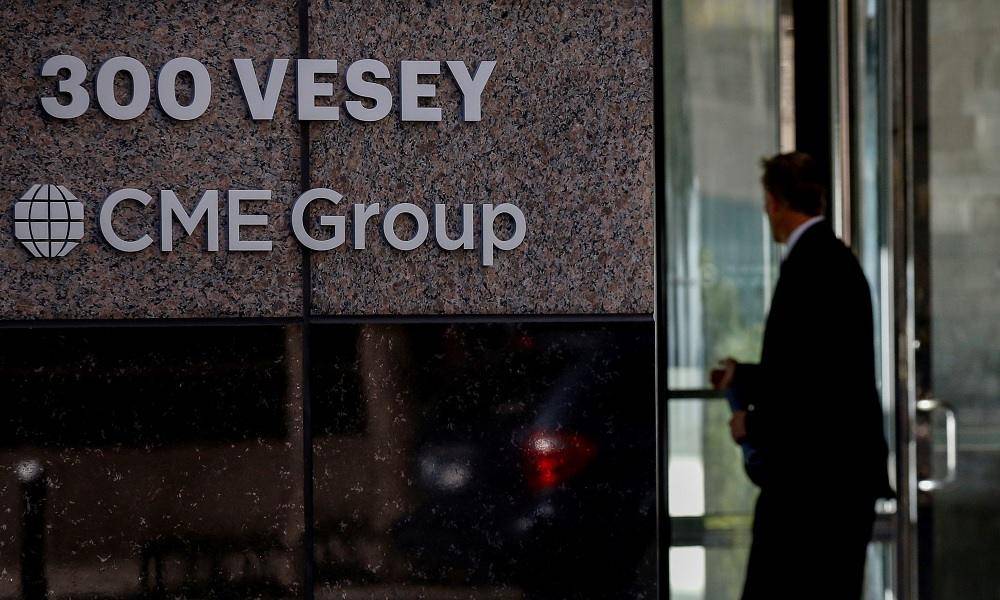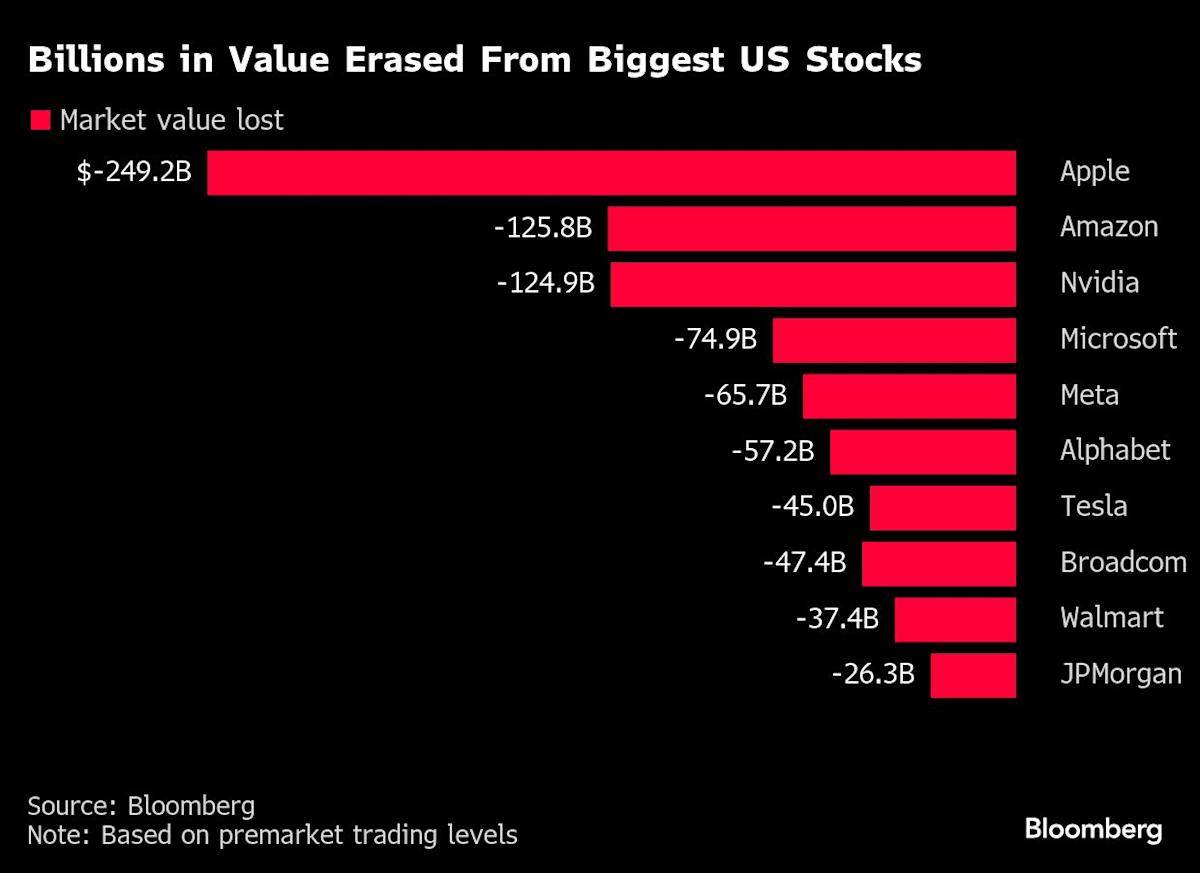Stablecoins are cryptocurrencies designed to maintain a stable price, often pegged to a fiat currency like the U.S. dollar. This stability makes them ideal for everyday transactions and as a store of value, unlike other cryptocurrencies that can experience significant price fluctuations. Tether (USDT) and USDC are among the most widely used stablecoins, with Tether being the largest by market capitalization.
The growth in stablecoin adoption is evident in the increasing number of active wallets and transaction volumes. By February 2025, active stablecoin wallets had grown to over 30 million, representing a 53% increase from the previous year. This surge suggests that stablecoins are becoming more integrated into mainstream financial systems, serving as a bridge between traditional finance and cryptocurrency.
Circle‘s IPO is expected to raise up to $750 million and is set to list on the NYSE under the symbol CRCL. This move could significantly increase transparency and legitimacy for USDC, enhancing its position in the stablecoin market. Circle’s previous attempts to go public through a special-purpose acquisition company (SPAC) were unsuccessful, but the current regulatory environment appears more favorable.
The success of Circle’s IPO could influence competitive dynamics among stablecoin issuers. For instance, PayPal‘s entry into the stablecoin market with PayPal USD (PYUSD) could become a significant contender as PayPal leverages its vast user base to drive adoption. Meanwhile, Tether’s dominance remains strong, although concerns over transparency and regulatory compliance might impact its long-term stability.
The U.S. government is moving toward establishing clearer regulations for stablecoins. Bills like the GENIUS Act aim to define stablecoins and provide a regulatory framework that could boost confidence in these assets. This regulatory clarity is crucial as stablecoins expand beyond payments to become integral in decentralized finance (DeFi) and other financial applications.
Stablecoins are projected to reach a supply of $1 trillion by the end of 2025, signaling a significant potential catalyst for the broader cryptocurrency market. This growth could further enhance DeFi activities, such as lending and yield farming, as stablecoins provide the necessary liquidity and stability.
The stablecoin market is facing a watershed moment with Circle’s IPO and shifting regulatory landscapes. These developments are likely to attract more institutional investors and increase the adoption of stablecoins in mainstream financial transactions. As blockchain technology advances and financial institutions embrace digital assets, stablecoins will continue to play a vital role in bridging traditional and digital financial systems.
In the end, Circle’s move to the public market, alongside regulatory developments, could reshape how stablecoins are perceived and utilized within the financial sector. This shift could further legitimize stablecoins as a crucial component of the evolving digital financial landscape.










